Grapevine downy mildew (Plasmopara viticola) – identify and control
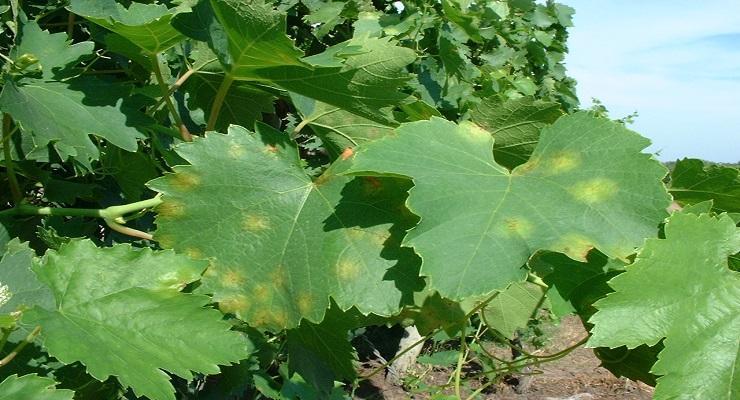
The grapevine downy mildew, Plasmopara viticola is a disease native to North America, where it has been observed since 1834. Due to trade, the grapevine downy mildew was introduced to Europe. It first appeared in France, where the first infections were found in 1878. From this country it spread everywhere very quickly, causing considerable damage to vineyards.
The damage caused by the grapevine downy mildew is very great, not only in the year when the disease manifests itself intensely but also in the following years. Crop losses due to this disease can vary from 10% to 70-80%, depending on the climatic conditions of that year. The wines from the affected vineyards are acidic, with a very low percentage of alcohol (due to a small amount of sugar in the must).
Symptoms. The grapevine downy mildew attacks all green parts of the grapevine, especially the leaves.
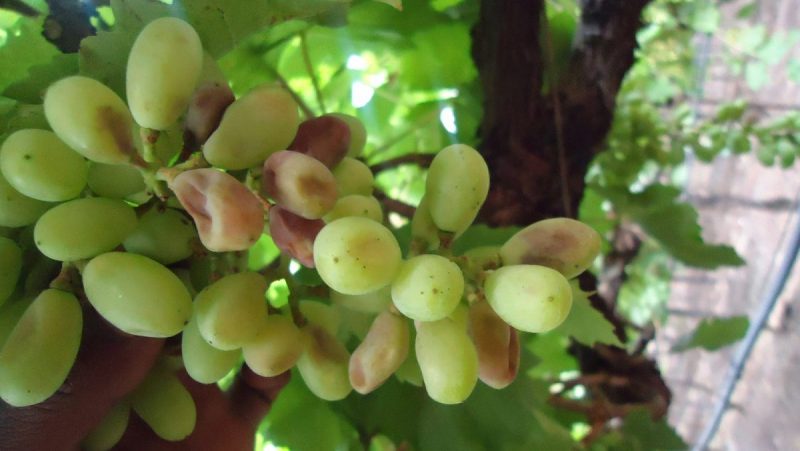
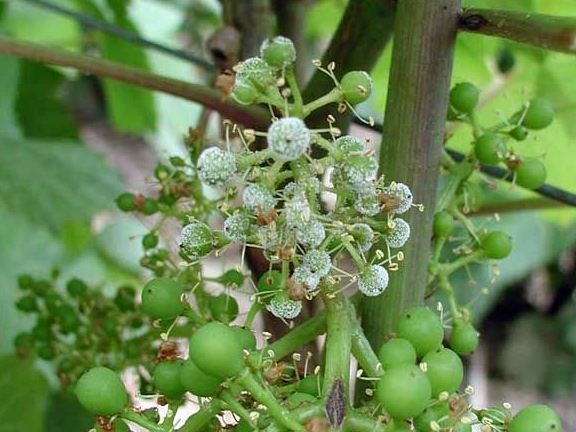
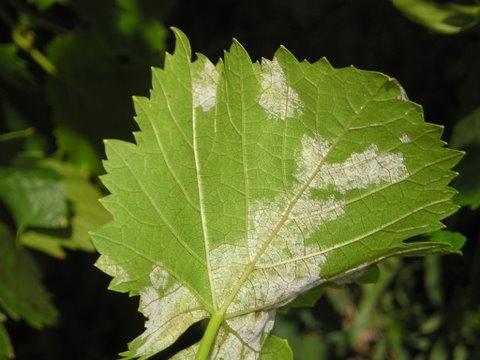
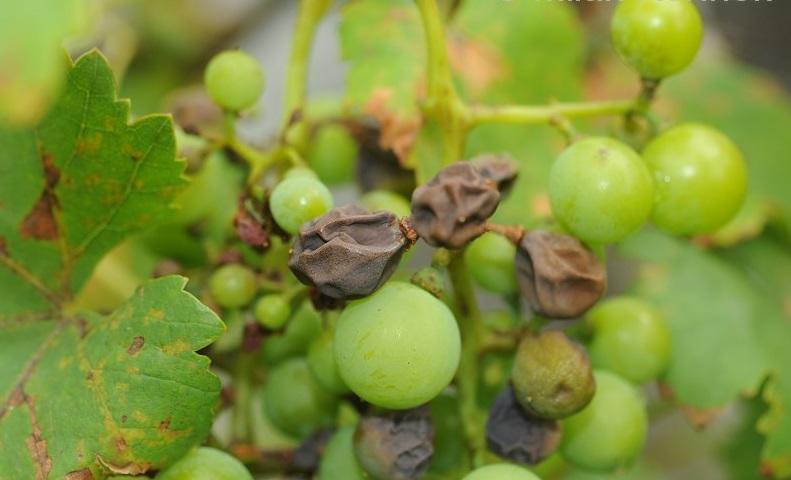
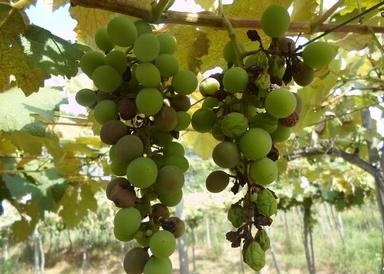
Grapevine downy mildew – Leaves attack
The downy mildew attack on leaves looks varied depending on when the infection occurs. In spring, the spots are yellow, oily, and have a diffuse outline, reaching dimensions ranging from a few mm to a few cm (the stage of oily spots). Over time, the center of these spots turns brown, the leaves taking on a dry appearance (the stage of burns on the leaves). As the disease progresses, a white cottony growth can be seen on the lower leaf surface.
Depending on the climatic conditions (high temperature around 20-22 ° C and high humidity), which causes a rapid evolution, the oily phase no longer appears. The leaves no longer show that characteristic cottony fuzz on the underside.
Grapevine downy mildew – Shoots and tendrils attack
They have elongated brown spots. In wet weather, it is covered with a whitish fuzz, made up of the mass of mycelium with spores. On more evolved and lignified shoots, the downy mildew attack appears in the form of elongated brown spots. They appear near the nodes, near which the bark is dead.
Grapevine downy mildew – Young cluster attack
It can be very dangerous in years with heavy rainfall. The infection takes place through the inflorescence tails, through the flowers, or through the more developed part of the berries. The small, wet grape bunches turn yellow and are covered with mycelium and white spores. Or, it browns and dries in dry weather. The berries are covered with a whitish fuzz made up of mycelium and spores, because the young berries, not covered by the waxy layer, allow the mycelium to come out. The infection of the berries continues even after the grapes are larger and covered with the waxy layer. The attacked berries turn brown, shrivel up, and sometimes come off the bunch and fall easily.
The formation of mycelium and spores takes place in a relatively short time (6-10 hours) if the atmospheric humidity is high (95-100%) and the temperature is between 18-24 ° C.
The pathogen. In spring, the resistance spores of the fungus germinate on the surface of the soil soaked with water, at temperatures above 10 ° C. The maximum is 32 ° C and the optimum is 22-23 ° C. During germination, the growth cracks, and from the inside appears a mycelial filament with a large growth, which will fall to the ground. During the spring rains, the spores floating on the water around the stems are projected on the underside of the leaves, producing filaments of infection that penetrate the tissues of the host plant through the stomata. After the primary infections occur, the period of feeding the fungus on the leaf follows. During this phase, yellow spots of oily spots appear on the leaves.
The manifestation of the disease is marked by the appearance of mycelium (white fuzz) which is called spores. The spores are picked up by the wind and carried over long distances. They can maintain their viability for 7-8 days. Arriving on the organs of the vine, after being in the water drops, the spores produce filaments of infection that penetrate through the stomata (the natural openings of the leaf). Towards autumn, after the last secondary contamination, the fungus forms resistance spores, in the form of which the fungus overwinters.
Prevention and control
It is recommended to drain the lands that strongly retain water, deep ploughing to bury the affected leaves that contain oospores, and control of weeds. Chemical treatments can be performed with specific fungicides.
Recommended products
-
You can find products on a different store
Change Store -
You can find products on a different store
Change Store -
You can find products on a different store
Change Store -
You can find products on a different store
Change Store -
You can find products on a different store
Change Store -
You can find products on a different store
Change Store -
You can find products on a different store
Change Store -
You can find products on a different store
Change Store -
You can find products on a different store
Change Store -
You can find products on a different store
Change Store -
You can find products on a different store
Change Store -
You can find products on a different store
Change Store -
You can find products on a different store
Change Store -
You can find products on a different store
Change Store -
You can find products on a different store
Change Store -
You can find products on a different store
Change Store -
You can find products on a different store
Change Store -
You can find products on a different store
Change Store -
You can find products on a different store
Change Store -
You can find products on a different store
Change Store -
You can find products on a different store
Change Store -
You can find products on a different store
Change Store -
You can find products on a different store
Change Store -
You can find products on a different store
Change Store















































































































































































































































































































































































































































